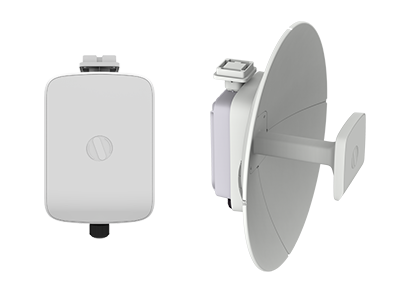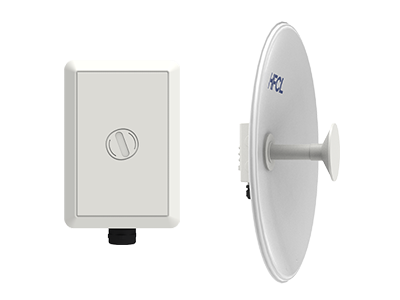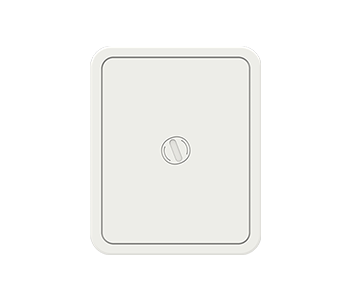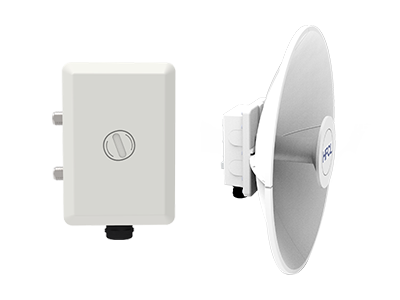Subscribe to Our Updates
Join our community and be the first to receive exclusive insights
You are subscribed now!
Products
Solutions
Resources
Software Platforms
WiFi




UBR works alongside fiber to extend network performance with speed and reliability.
The range of a PtP (Point-to-Point) wireless link depends on factors like frequency band, antenna type, transmit power, line-of-sight conditions, and environmental interference. Proper planning, including path profiling and Fresnel zone clearance, ensures maximum throughput and link reliability over extended distances.
Yes. Point-to-Point (PtP) radios are a proven solution for 4G/5G backhaul, ISP networks, and enterprise campuses where fiber is unavailable or expensive. With high throughput, low latency, and carrier-grade performance, they provide reliable, fiber-like connectivity over short, medium, and long distances. Many mobile operators and enterprises use PtP radios to extend networks quickly without compromising on quality.
The performance of PtP radios depends on key factors such as:
With the right model and deployment, PtP radios can maintain consistent performance across varied terrains.
PtP radios are the best choice when:
They offer faster time-to-market and lower TCO (Total Cost of Ownership) compared to fiber in many scenarios.
PtP radios are built with enterprise-grade security protocols, including AES encryption, Management VLAN support, and authentication mechanisms. This ensures that data transmitted between two locations remains protected against interception or breaches. For government, defense, financial institutions, and enterprises, PtP radios deliver both high-capacity and secure connectivity without compromising compliance standards.